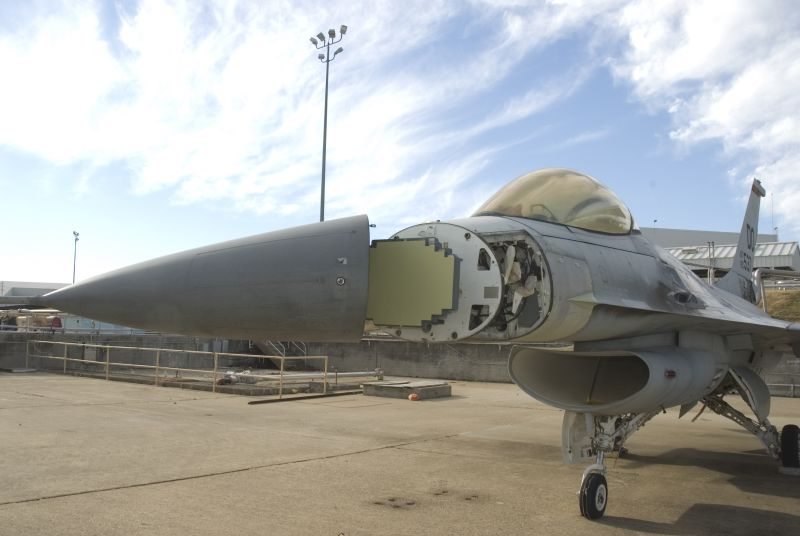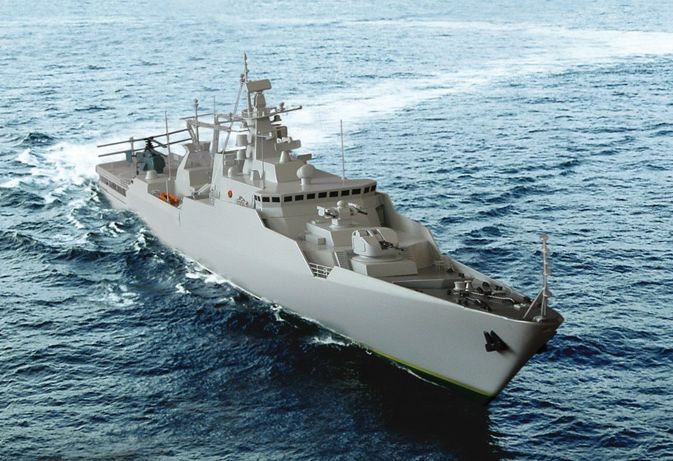Northrop Grumman Scalable Agile Beam Radar (SABR) will help extend the viability of the U.S. Air Force’s F-16 fighter aircraft beyond 2025 and help ensure the F-16 remains a vital component of the nation’s fighter force structure.
Skip Wagner, director of International Business Development and Strategy for Northrop Grumman’s ISR and Targeting Systems Division, provided details on the radar upgrades to reporters in a briefing today at the Air Force Association’s Air and Space Conference and Technology Exposition 2013.
Northrop Grumman was chosen by prime contractor Lockheed Martin as the radar provider for the F-16 Combat Avionics Programmed Extension Suite (CAPES), which is an avionics modernization program designed to keep the F-16 viable in future threat environments and improve system reliability and maintainability.
CAPES program objectives are to mitigate critical future capability gaps, provide advanced electronic protection, enhance situational awareness and survivability, and provide options to meet force structure requirements with modernized F-16s. SABR contributes substantially to CAPES program objectives.
“We are proud that SABR is the centerpiece of the F-16 CAPES program,” said Wagner. “The radar system adds robust electronic protection, including modes ported directly from the F-35’s AN/APG-81 radar to counter current and future threats. As a matter of fact, SABR has 95 percent re-use of fifth generation AESA modes adding to commonality and affordability.”
SABR includes Big Synthetic Aperture Radar (Big SAR) mapping, which allows for broader all-environment precision mapping. Auto Target Cueing and Auto Target Recognition improves situational awareness and combat identification. Air-to-air and air-to-surface detection, tracking, and weapons employment ranges have all been increased. Mode interleaving also improves situational awareness and survivability.
“With the capabilities that SABR brings, reliability and availability will be three to five times greater than with the mechanically scanned F-16 radars fielded just two decades ago,” added Wagner. “That adds up to higher readiness rates and lower support costs. SABR brings great value.”
SABR’s design incorporates proven hardware and advanced operating modes from Northrop Grumman’s F-35 and F-22 AESAs. The high degree of commonality among the various AESA radars, coupled with shared manufacturing processes and infrastructure, enables efficiencies and affordability across all of Northrop Grumman’s AESA programs.
As part of the contractual agreement with Lockheed Martin, Northrop Grumman will also be upgrading the radars for the Taiwan Air Force’s F-16 fleet. Radar development and production activities for the U.S. and Taiwan F-16 upgrade programs will run in parallel and demonstrate the benefits of international cooperation, interoperability and equipment commonality for U.S and allied forces.
Other AESA radars developed by the company are currently flying on the F-16 Block 60, F-22 and F-35 Lightning II.











